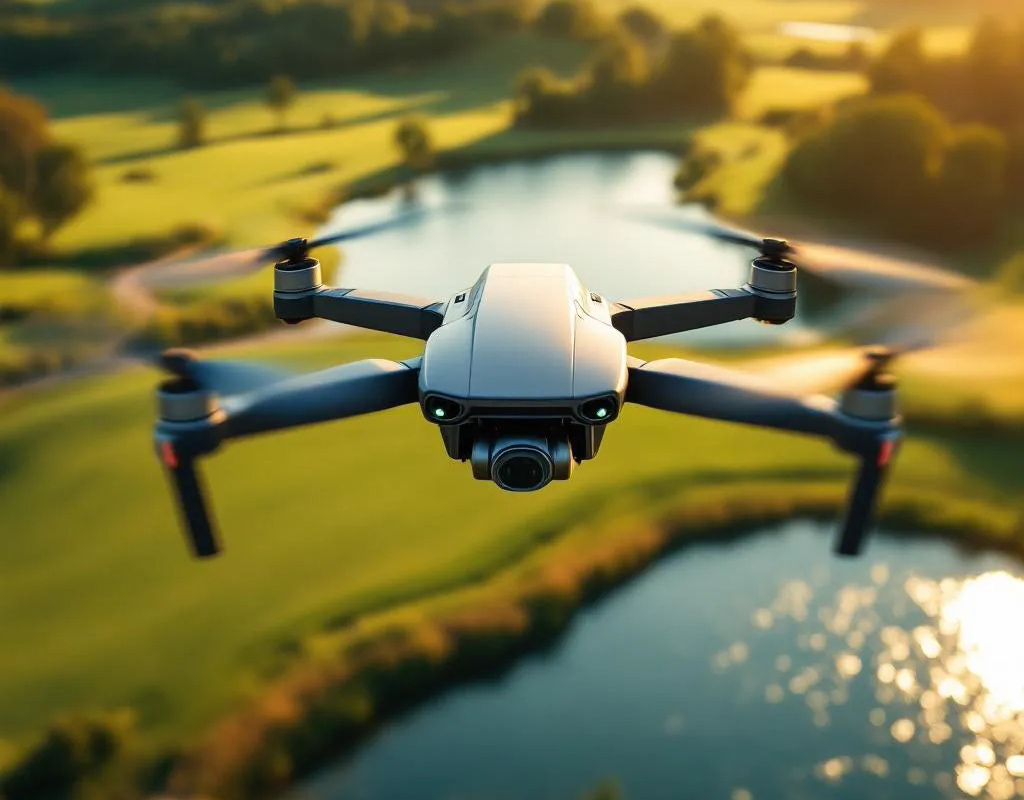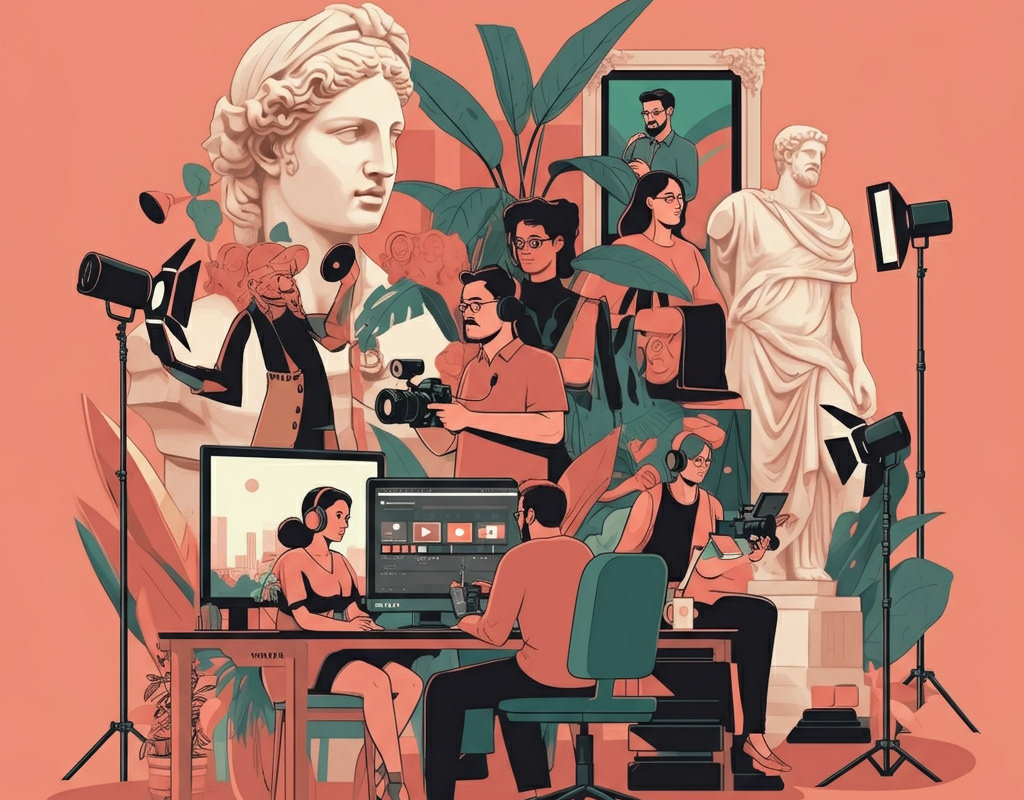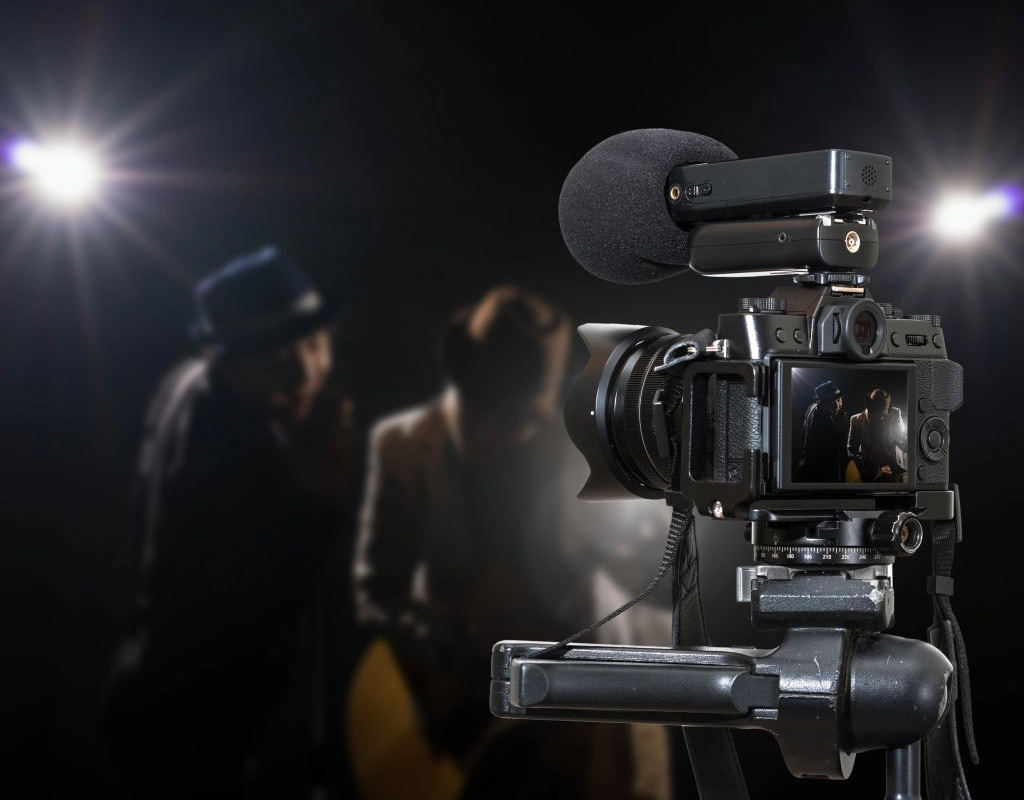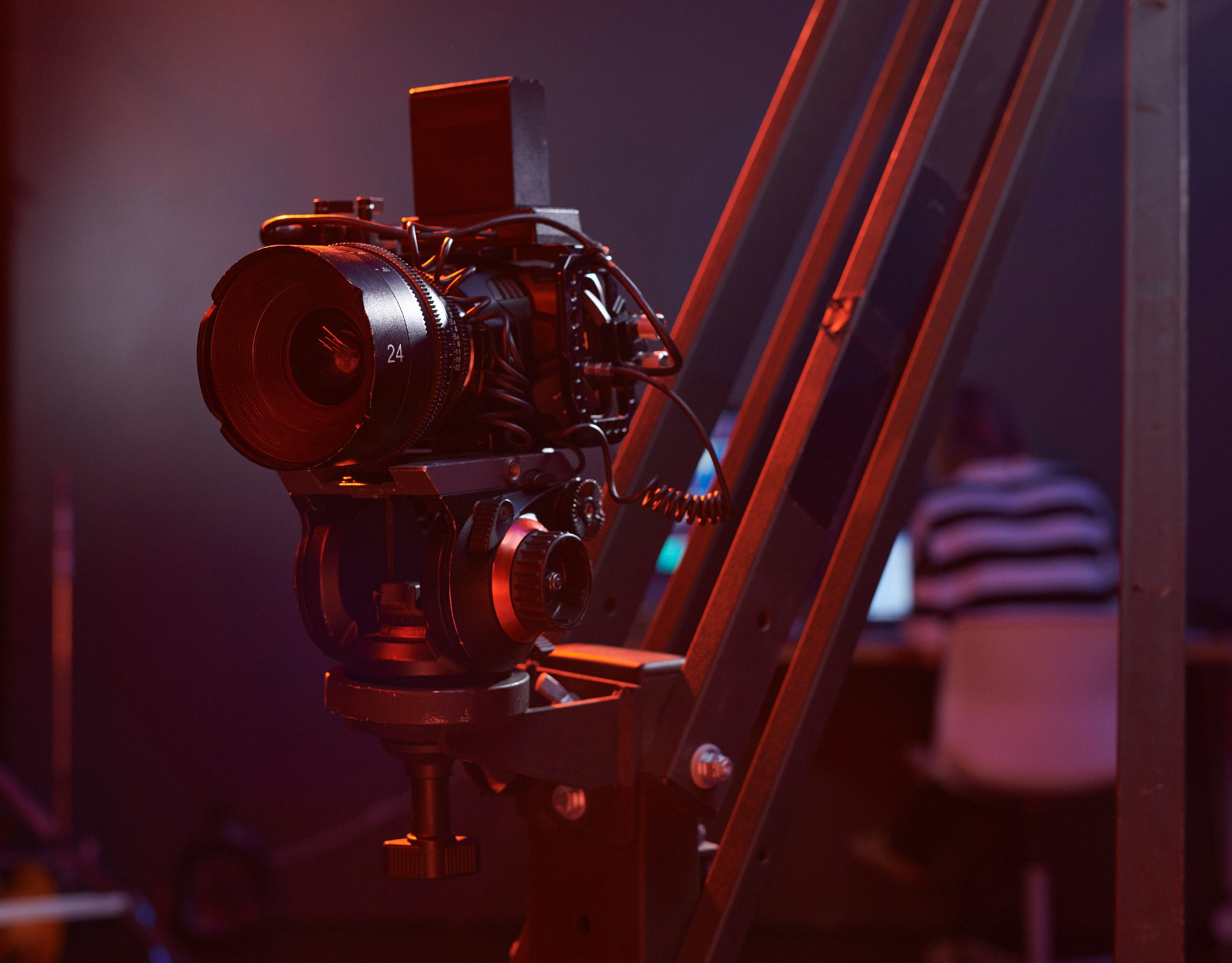It lays out your visual plan so that everyone—clients, directors, camera crew, and editors—knows exactly what we’re building together.
Why It Matters More Than You Think
We once worked with NM Risk Management, who brought us in to produce a corporate film for their 40th anniversary. They had decades of achievements to showcase, and a message they wanted to get just right: humble, proud, but forward-looking. Instead of guessing our way through the message, we built a detailed storyboard.
It helped them see how their story would unfold before shoot day. They fine-tuned parts of the narrative and helped shape visual metaphors—like using an old meeting room shot to show their beginnings, followed by sleek new interiors to highlight progress. Without that storyboard, the emotional impact might’ve been diluted. With it? Everything clicked.
Here's What a Storyboard Does for You:
‣ Makes things clear before the cameras roll. No surprises, no “oh wait, I thought…” on shoot day.
‣ Saves you money and time. Planning visuals upfront avoids wasted footage and endless revisions later.
‣ Gives you creative input where it matters most. Want a certain tone? A must-have visual? You catch it here—before it’s too late.
Common Misconception: "Can’t we just figure it out on the day?"
Sure, we can. But you’ll get a safer, sharper, and more strategic result if we don’t. Just like building a house, knowing where things go ahead of time gives everyone confidence. And confidence shows up on camera.
TL;DR
A storyboard is your video’s blueprint. It helps you shape the story before we film it—saving time, stress, and money. It’s not extra work. It’s the smart part.
This article is published by adVirtus Creative Works to support prospective clients and the creative community in making better decisions. Based in Ipoh, Perak, we serve businesses across Malaysia—including Kuala Lumpur, Penang, and Selangor—specialising in corporate and branding videos, documentary films, and digital content solutions.










